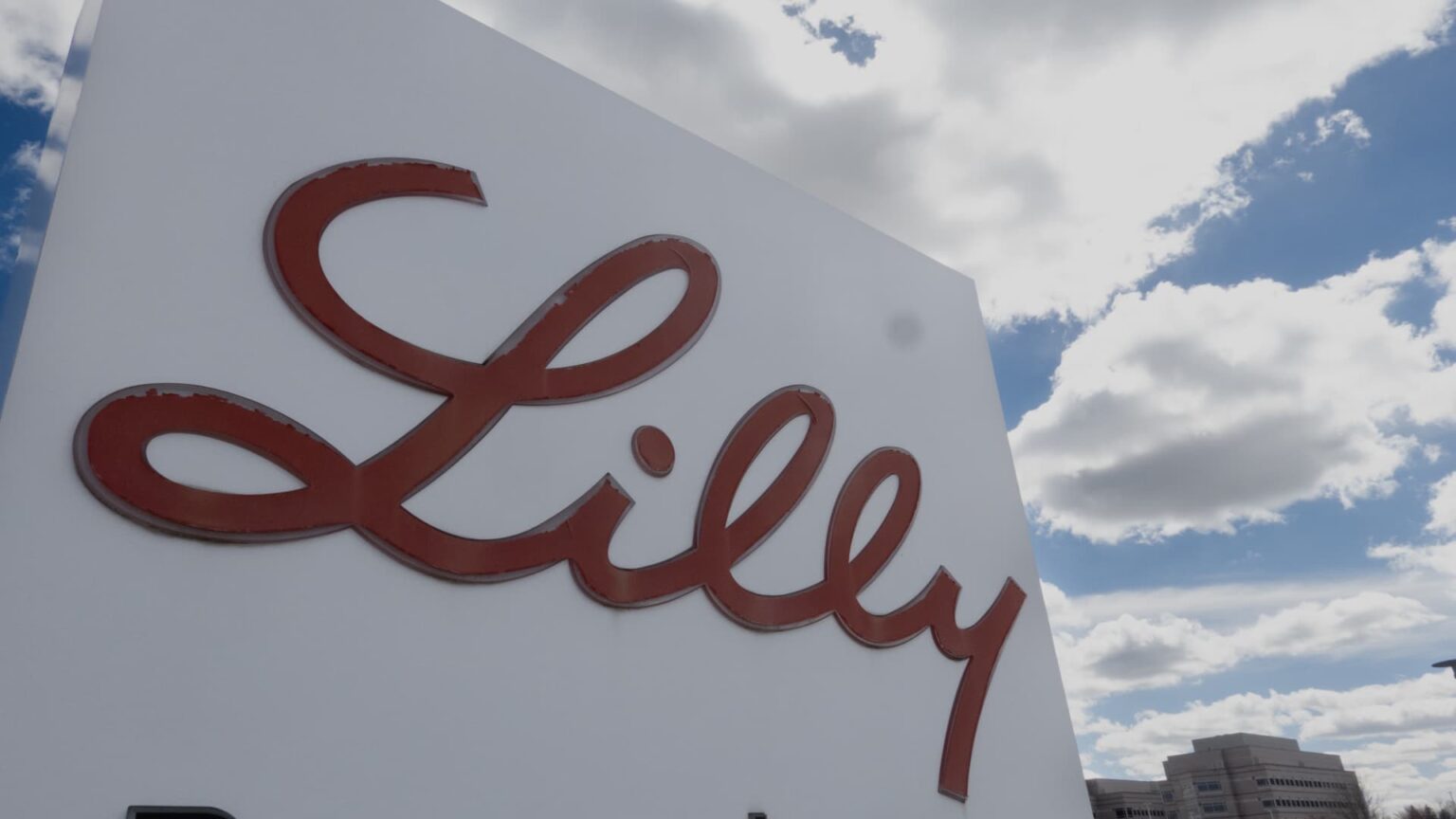Eli Lilly’s Orforglipron: A Promising Step in Obesity and Diabetes Treatment
Overview of the Clinical Trial Results
On Thursday, Eli Lilly announced that its oral medication for obesity, orforglipron, successfully achieved its primary objectives in the initial phase of late-stage clinical trials. The results showed that the pill effectively aided patients with Type 2 diabetes in managing both blood sugar and body weight, while maintaining a safety profile akin to existing injection-based therapies.
Significance of the Trial Results
The outcomes of this trial rank among the most anticipated in the pharmaceutical sector for the year, positioning orforglipron as a potential needle-free alternative within the rapidly expanding diabetes and weight management market. Its convenience and ease of production could provide Eli Lilly with a competitive advantage over major competitors such as Novo Nordisk.
Clinical Findings
The highest dosage of orforglipron led to a notable average weight reduction of 7.9%, approximately 16 pounds, over a period of 40 weeks. Moreover, patients did not exhibit a plateau in weight loss by the end of the study, indicating the potential for ongoing results beyond the trial duration.
However, the pill did not meet all analysts’ expectations regarding a critical diabetes measurement. Specifically, the trials indicated an average reduction in hemoglobin A1c levels of 1.3% to 1.6%, from a starting point of 8%. This result falls below some predictions, which estimated reductions between 1.8% and 2.1%, comparable to Novo Nordisk’s Ozempic injection results.
Patient Experiences and Side Effects
The treatment’s discontinuation rate due to side effects was recorded at about 8% among those on the highest dosage, with primarily gastrointestinal issues such as nausea and vomiting being reported. Detailed figures from the trial indicated that:
- 14% of participants experienced vomiting.
- 16% reported nausea.
- 26% encountered diarrhea.
These rates correspond to estimates previously communicated by analysts, indicating a slightly higher incidence of side effects compared to existing weekly injections.
Future Aspirations and Market Potential
According to Eli Lilly’s CEO David Ricks, the company remains optimistic about the safety and effectiveness of orforglipron. He stated, “We are pleased to see that our latest incretin medicine meets our expectations for safety and tolerability, glucose control, and weight loss.” The company anticipates filing for regulatory approval by year-end for obesity indications and in 2026 for diabetes.
The competitive landscape for GLP-1 medications is intense, with Eli Lilly positioned a significant lead ahead of other contenders such as AstraZeneca, Roche, Structure Therapeutics, and Viking Therapeutics. Analysts estimate that the GLP-1 market could exceed $150 billion annually by the early 2030s, with oral formulations potentially capturing around $50 billion of that total.
Conclusion
With orforglipron, Eli Lilly not only enhances its portfolio of treatment options for diabetes and obesity but also addresses supply challenges with existing injectable therapies. This advancement underscores the company’s commitment to innovating treatments that are both accessible and effective for patients globally.
